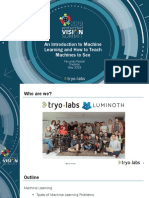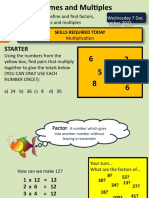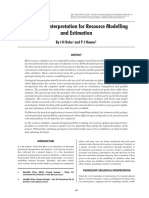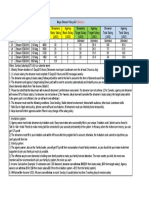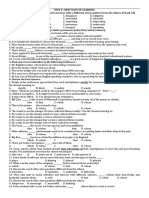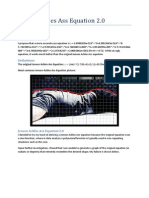0% found this document useful (0 votes)
29 views24 pages03 Machine Learning Overview
The document provides an overview of machine learning as part of an artificial intelligence course taught by Marco Bonzanini. It covers the differences between machine learning and programming, various applications of machine learning, tasks such as supervised and unsupervised learning, and the machine learning process including modeling, feature engineering, and challenges like overfitting and underfitting. Key concepts like item representation, feature selection, and scaling are also discussed.
Uploaded by
hrhee1atlCopyright
© © All Rights Reserved
We take content rights seriously. If you suspect this is your content, claim it here.
Available Formats
Download as PDF, TXT or read online on Scribd
0% found this document useful (0 votes)
29 views24 pages03 Machine Learning Overview
The document provides an overview of machine learning as part of an artificial intelligence course taught by Marco Bonzanini. It covers the differences between machine learning and programming, various applications of machine learning, tasks such as supervised and unsupervised learning, and the machine learning process including modeling, feature engineering, and challenges like overfitting and underfitting. Key concepts like item representation, feature selection, and scaling are also discussed.
Uploaded by
hrhee1atlCopyright
© © All Rights Reserved
We take content rights seriously. If you suspect this is your content, claim it here.
Available Formats
Download as PDF, TXT or read online on Scribd
/ 24

































